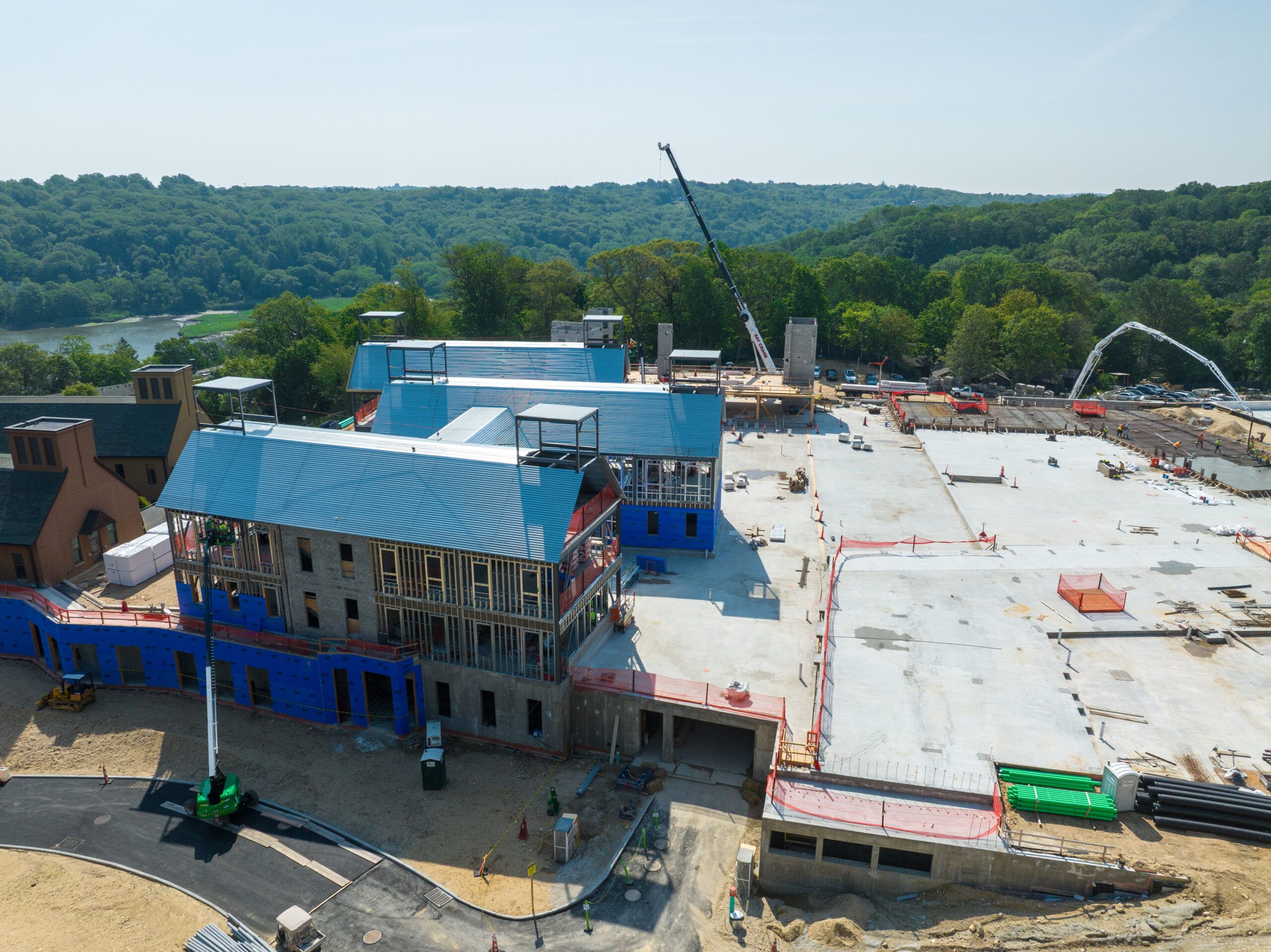BACKHOES
They are popular machines both have the ability to carry out numerous jobs. The backhoe has a loader bucket in front and an articulated two-part arm at the rear.
Backhoes are very helpful for farming projects. They are also great for medium and light construction projects.
They are common, based on their ability to carry out activities of three different machines at a time. They can be used in place of loaders and skid steer loaders. Backhoes can also be used in the stead of a small excavator.
When using a backhoe, you do not need to hire a lot of machines. This is useful as project managers tend to save more time and money.
Backhoes can complete jobs that include:
- Breaking asphalt
- Paving roads
- Demolition
- Landscaping
- Material transport
- Digging trenches and ditches
- Drilling holes
- Excavation
EXCAVATORS
Excavators are earth-moving vehicles. It is majorly used in the construction sector. The excavator can be found on commercial and infrastructural project sites.
Excavator consists of a bucket, a stick, and a boom. The boom and chassis of excavators can rotate a full 360 degrees. The excavator can weigh between 1.5 to 90 tons as a single unit.
Excavators may come in two forms when ordered. They can come as a mini-excavator or a standard excavator. This depends on the function you require the excavator to carry out.
Mini excavators are very popular in urban construction sites. The mini excavator can work in tight and awkward areas, unlike large excavators.
Excavators can be quite expensive to rent, especially if you’ll need this equipment for a long-term project. In that case, you may want to consider leasing. According to CostHack.com, renting an excavator can cost anywhere from $900 to $1,750 a day.
Excavators are capable of completing various tasks that include:
- Snowplowing
- Repairing of sewer lines
- Drilling and backfilling
- Demolition of structures
- Landscape flattening
- Clearing of bush land
- Construction of trenches
- For digging of ditches and holes.
SO, WHAT IS THE DIFFERENCE?
When differentiating, there are so many factors to consider. When placed together, it may be difficult to tell the difference between an excavator and a backhoe. Both pieces of machinery differ in environment, versatility, rotation, and size.
Size
Size stands as the most obvious distinguishing factor between a backhoe and an excavator. The excavator can weigh up to 15 tonnes. Unlike the excavator, the backhoe can only weigh as much as 7.5 tonnes.
The weight and size of both machines is an important factor. It can influence your choice of machinery, depending on the location of the project. It is important to know and survey your excavation site before deciding on which machine to use.
Environment
When it comes to large scale industrial projects, the excavator is a great choice. It is heavier and better fitted for mining and demolitions. Excavators are best for larger working conditions and environment.
The backhoe is best fitted for medium-scale excavation and industrial projects. Its small size makes it adaptable and easy to maneuver. It is a great choice for snow removal and farming.
Rotation
Backhoes and Excavators have different ranges of rotation. This is a major difference between the two machines.
An excavator can rotate its chassis at a complete 360 degrees. The backhoe can only rotate about 200 degrees.
The type of task given to the machines depends on their rotating abilities. This allows the machines to complete tasks without hindrance.
Versatility
The backhoe and excavator have so many similarities. Both machines have a bucket, stick, and boom. They can also complete similar tasks.
The backhoe and excavator are different based on the availability of attachments. The backhoe has a wide array of attachments available for it. The excavator has fewer available attachments compared to the backhoe.
The availability of attachments for the backhoe gives it the ability to complete a wide range of tasks.











